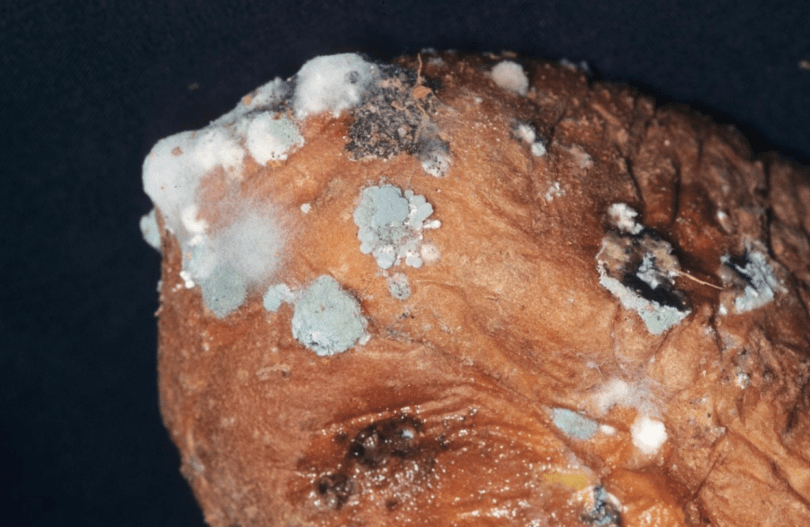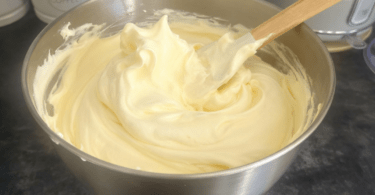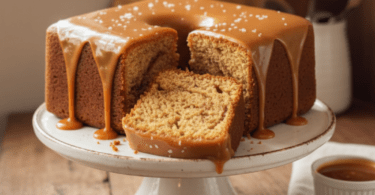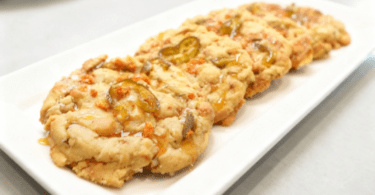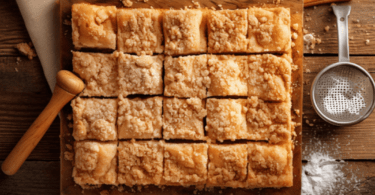The Complete Guide to How to Get Rid of Mold on Bread
Moldy bread is a common household issue, and consuming it can be harmful to your health. This guide will explain why bread molds, how to prevent it, and the best ways to handle moldy bread safely.
1. Understanding Mold on Bread
What Causes Bread to Mold?
Mold is a type of fungus that thrives in warm, moist environments. Bread provides an ideal breeding ground for mold spores due to its:
- High moisture content
- Exposure to air
- Presence of preservatives (or lack thereof in fresh bread)
Common Types of Bread Mold
- Penicillium (blue or green spots)
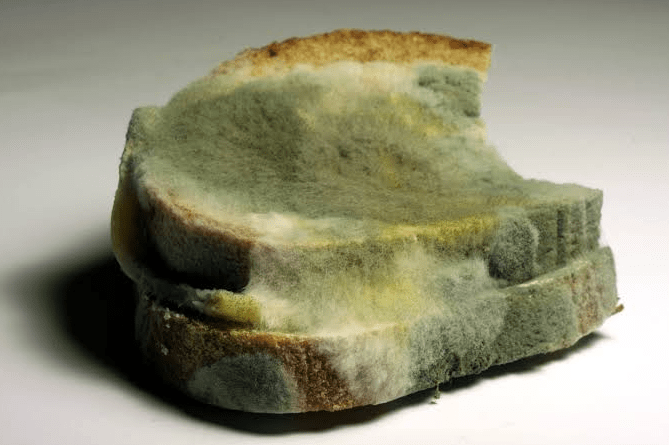
BYJU’S
- Aspergillus (black or gray fuzz)
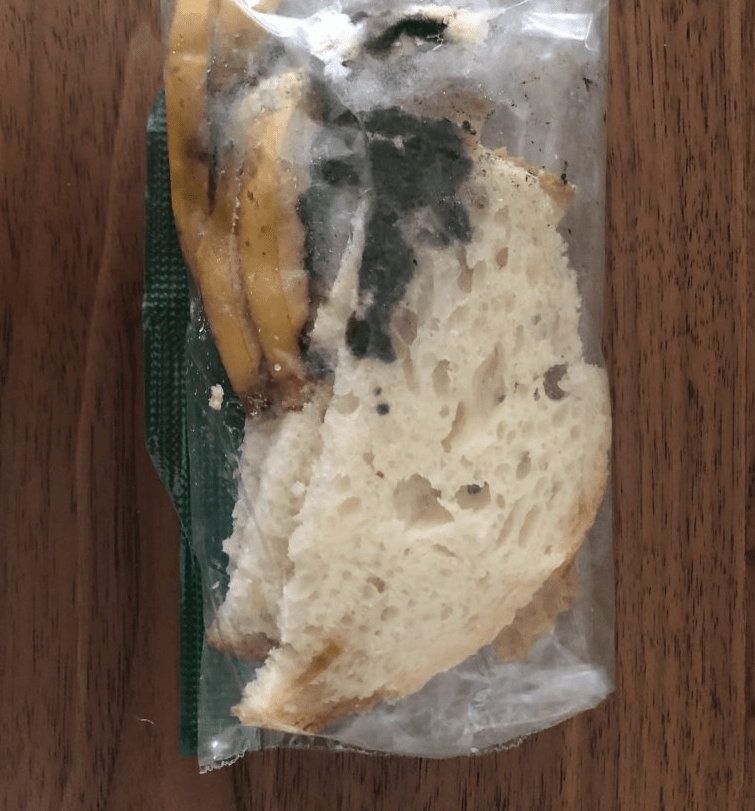
- Rhizopus (white or gray hairy growth)
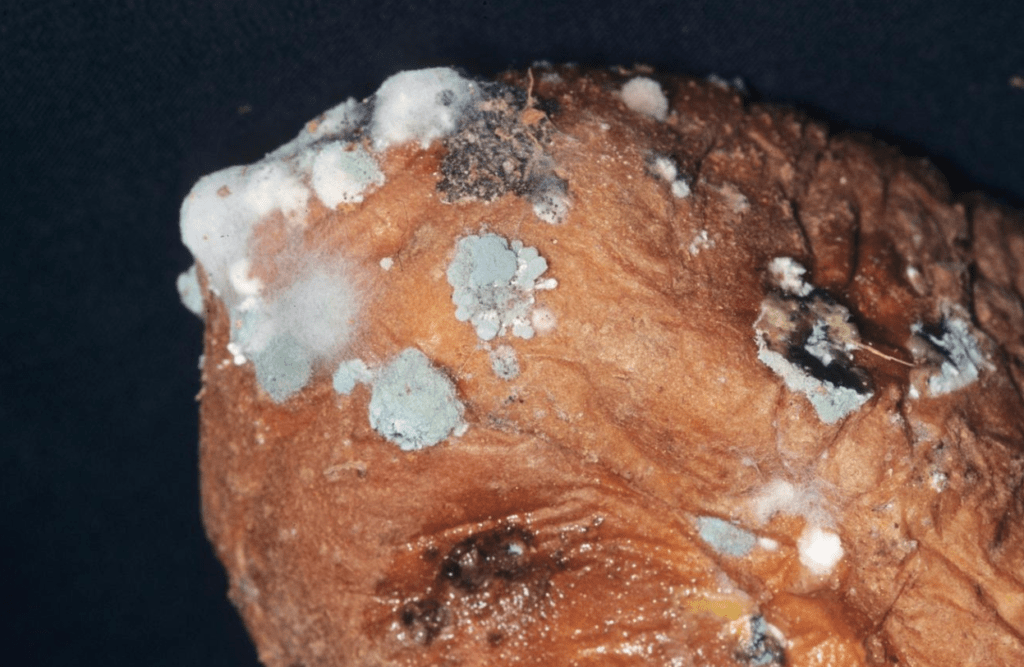
Is Moldy Bread Dangerous?
Yes! Some molds produce mycotoxins, which can cause:
- Allergic reactions
- Respiratory issues
- Digestive problems (if ingested)
Never eat moldy bread—even if you cut off the visibly moldy part!
2. How to Safely Get Rid of Moldy Bread
Step 1: Do Not Smell or Touch the Mold
Mold spores can spread easily and may cause respiratory irritation.
Step 2: Seal the Bread in a Plastic Bag
Prevent spores from spreading by wrapping the moldy loaf in a plastic bag before disposal.
Step 3: Throw It in an Outdoor Trash Bin
Avoid keeping moldy bread inside to prevent further contamination.
Step 4: Clean the Storage Area
Wipe down bread containers, breadboxes, or pantry shelves with a vinegar solution (1:1 water and vinegar) or hydrogen peroxide to kill lingering spores.
3. How to Prevent Mold on Bread
Storage Tips to Keep Bread Fresh Longer
- ✅ Store in a Cool, Dry Place – Avoid humid areas like near the stove or fridge (unless freezing).
- ✅ Use a Bread Box – Allows airflow while protecting from moisture.
- ✅ Refrigerate for Short-Term Storage – Slows mold growth but may dry out bread.
- ✅ Freeze for Long-Term Storage – Prevents mold for months (thaw slices as needed).
- ✅ Use Airtight Containers – Reduces exposure to airborne mold spores.
Natural Mold Inhibitors
- Vinegar-soaked paper towels in the bread bag can slow mold growth.
- Mustard seeds or bay leaves in the breadbox may help repel mold.
Buying Tips to Reduce Mold Risk
- ✔ Choose bread with natural preservatives like sourdough (lasts longer).
- ✔ Buy smaller loaves if you don’t consume bread quickly.
- ✔ Check expiration dates and avoid damaged packaging.
4. Myths About Moldy Bread
❌ “Cutting off the moldy part makes it safe.”
False! Invisible roots (hyphae) spread deep into the bread.
❌ “Toasting kills mold.”
False! Heat doesn’t destroy all toxins.
❌ “If one slice is moldy, the rest are fine.”
False! Spores can spread to nearby slices.
5. When in Doubt, Throw It Out!
If you’re unsure whether bread is moldy, it’s better to discard it than risk illness.
Final Tips:
- Inspect bread before eating.
- Store properly to extend freshness.
- Never consume moldy bread—even a small amount can be harmful.
By following these steps, you can safely handle moldy bread and keep your bread fresher for longer!
Would you like additional tips on storing other perishable foods? Let us know! 🍞🚫🍄



